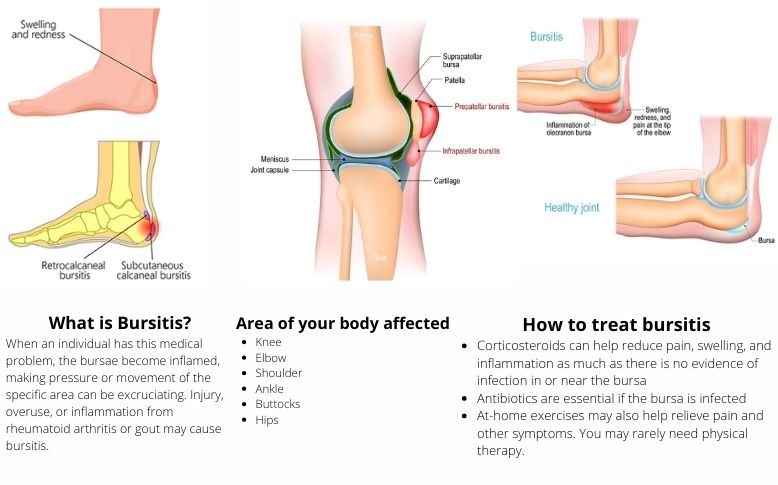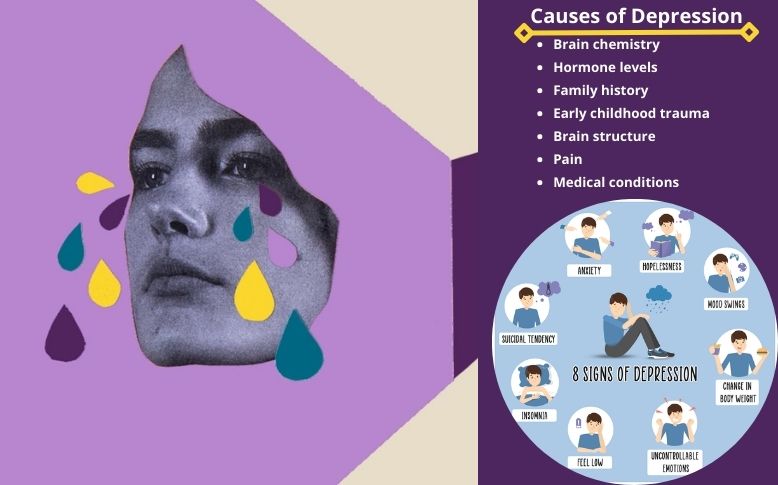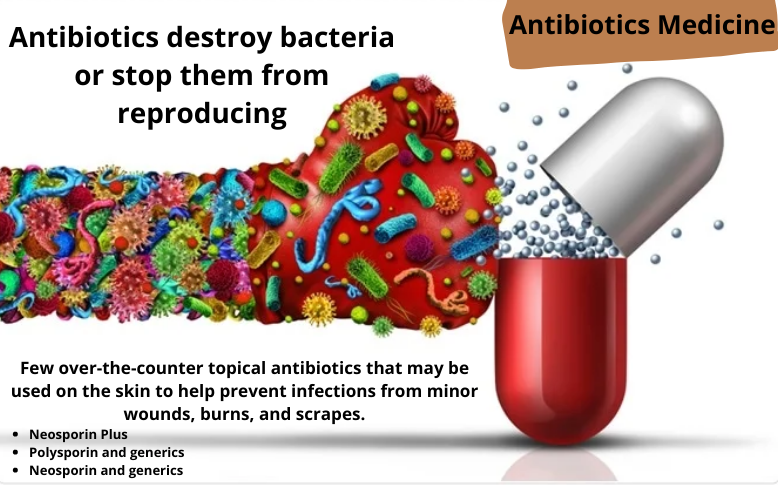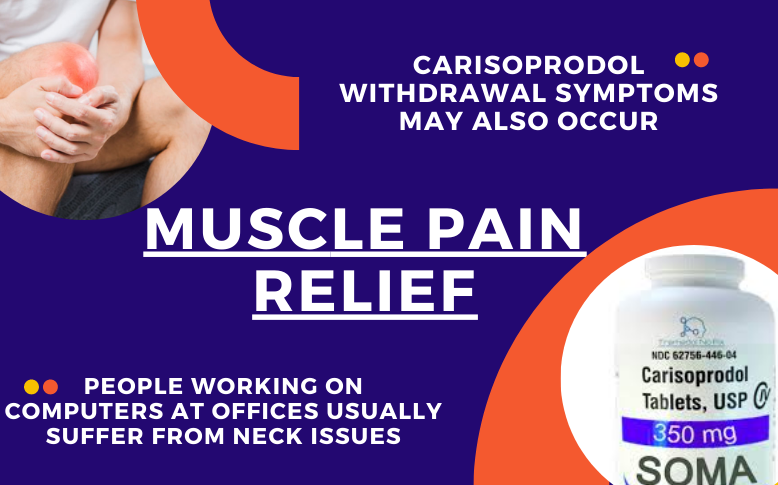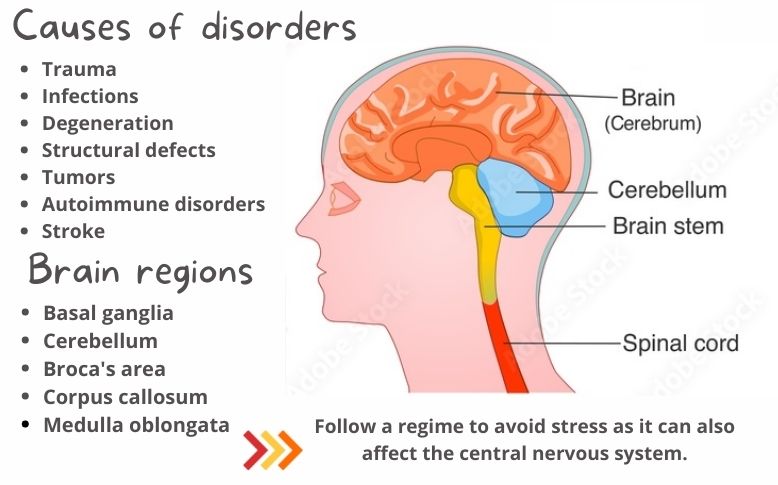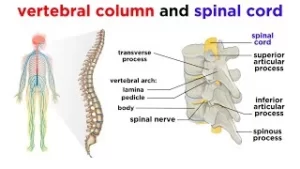Diabetes
Diabetes is a widespread condition that impairs the ability of your body to process blood glucose, popularly known as blood sugar. Several types of diabetes have various treatments. In the United States, there are about 34.2 billion people of all ages living with diagnosed and undiagnosed diabetes. Without careful, ongoing treatment and management, it can accumulate sugars in the blood, further increasing the risk of dangerous medical significant health complications, such as stroke and heart disease.
Every it typically has a different treatment, and not all forms of it initiate from an individual being overweight or living an inactive life. Some diabetes types are present from childhood. The most common diabetes types include type 1, type 2, and gestational diabetes. At the same time, the less known it forms have cystic fibrosis-related it and monogenic diabetes. This blog will help you know more about the conditions of it and its other details.
What are the early signs of diabetes?
Hunger and fatigue: Our body changes the food into glucose used by the cells for energy. But our body cells need insulin to take in glucose. If the body does not make insulin or the cells refuse the insulin our body produces, the glucose fails to get into them, and we have no energy. It can make us tired and hungrier than usual.
Feeling thirstier than usual and peeing more often: An average person usually urinate between four to seven times a day, but people who have it do it more often than usual. Usually, the body reabsorbs glucose as it leaves through our kidneys, but when it pushes up the blood sugar level, the kidneys may not bring it all back in. And it causes the body to urinate more. Because of consistent urination, our body lacks fluid and makes us very thirsty.
Dry mouth and itchy skin: Since our body is using maximum fluids to make pee, there is less moisture left for other things. We may get dehydration, and our mouth can feel dry. Due to dry skin, we may feel itchiness.
Blurred vision: Changes in fluid levels of our body can make the eyes’ lenses swell up. It can result in shape change, and we may be unable to focus.
What is type 1 diabetes?
Type 1 diabetes (juvenile diabetes) occurs when the body fails to produce insulin. What is insulin? It is a hormone that breaks down the sugar in the blood to function throughout the body. It is more likely to diagnose this it form during childhood.
People living with type 1 it require to take insulin regularly, either by injections or an insulin pump. There is still no cure for this condition, but one may control it by regularly monitoring their blood sugar levels, administering insulin, and making significant lifestyle changes.
Some common complications related to type 1 it are nerve damage, ketoacidosis, increased risk of skin reaction, problems concerning eyes, cardiovascular disease, kidney issues, high blood pressure, foot problems (such as numbness), stroke.
Since this condition usually occurs during childhood, there are no apparent symptoms of type 1 diabetes.
What is type 2 diabetes?
Type 2 it does not let an individual make or use insulin effectively. According to NIDDK reports, it is the most common diabetes type, and it has a strong relation with obesity. A person living with this type of diabetes may or may not administer insulin. In maximum cases, taking proper medication and changes in diet and some exercise can help manage type 2 diabetes.
Both children & adults can develop this type of diabetes. This condition’s common risk factors include age 45 or more, family history, or being overweight.
Type 2 diabetes symptoms?
Yeast infections: Both men & women with diabetes can get these infections. Yeast feeds on glucose, so having an excessive amount around makes it thrive. Conditions can grow in any moist, warm fold of skin, including under breasts, between fingers and toes, or in or close to sex organs.
Slow-healing cuts or sores: With time, high blood sugar levels can affect the blood flow resulting in nerve damage that makes it difficult for your body to heal wounds. Nerve damage can further cause pain (or numbness) in your feet or legs.
What is Gestational diabetes?
Gestational it occurs during pregnancy, while a person becomes less sensitive to insulin. According to the CDC reports, 2 to 10% of pregnancies result in gestational diabetes each year. The risks are elevated in individuals going into pregnancy while being overweight.
The report further adds that about 50 % of individuals with gestational it later develop type 2 diabetes. During pregnancy, one can take the following measures to control this situation: stay active, adjust your diet, monitor the growth and development of the fetus, and keep a check on the blood sugar levels.
Gestational diabetes increases the risk of developing high blood pressure while an individual is pregnant that can result in:
- premature birth
- blood sugar problems with the newborn usually clear up in a few days
- increased birth weight
- increased risk of the newborn developing type 2 diabetes later
FAQs
How to prevent diabetes?
One may not prevent type 1 it . However, individuals can take some measures to prevent type 2 diabetes, including exercising regularly, maintaining a moderate weight, and having a balanced diet with low added sugars, processed foods, and saturated fats. One should maintain a proper weight while planning for pregnancy.
What causes low blood sugar without diabetes?
People who do not have it can experience low blood sugar levels due to hypoglycemia. This condition can occur if the body produces excessive insulin after a meal, causing blood sugar levels to drop.
Which drug can cause diabetes insidious?
Lithium is the drug that most commonly causes acquired nephrogenic it insipidus. It is an effective drug to treat bipolar disorder, but long-term lithium use may damage the kidney cells, so they no longer react to AVP.


